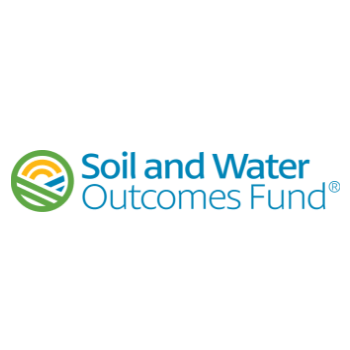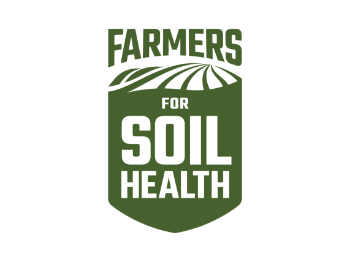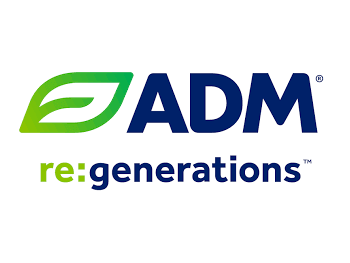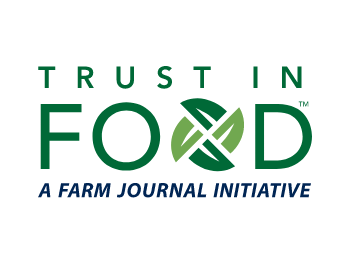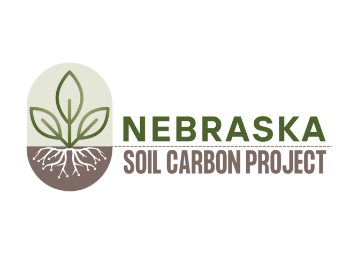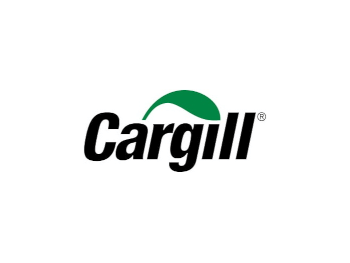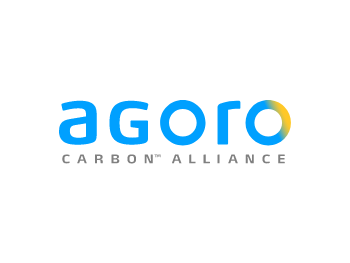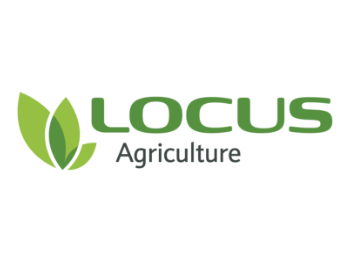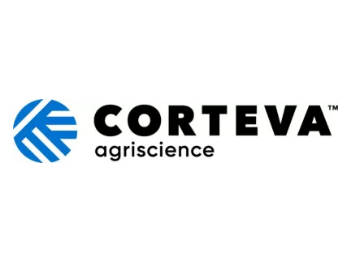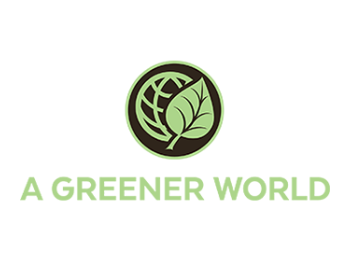Home / Education & Research / Agricultural Carbon Markets / Voluntary Carbon Programs
Voluntary Carbon Programs & The 45Z Tax Credit
This guide offers an introduction to carbon focused programs available to Nebraska corn growers. The intention behind these programs is to increase the adoption of low carbon practices, thus resulting in more low carbon grain or feedstock. The “45Z Tax Credit”, a federal, low carbon biofuels incentive program is currently ONLY available to biofuel producers. Corn growers are a key to eligibility for ethanol facilities to claim 45Z . Voluntary carbon programs offer growers the opportunity to have their grain assessed and verified as “low carbon”. Many programs offer potential per bushel premiums for the delivery of low carbon feedstock (currently it appears that feedstock will be evaluated through a Carbon Intensity (CI) score) to a biofuel production facility.
This low carbon supply chain, paired with carbon capture and storage (CCS) at ethanol facilities, may clear the way for the production of low emission fuels, including sustainable aviation fuel (SAF). The SAF market holds potential as a major driver of future corn demand.
The Single Greatest Investment in Agriculture Cost-share Programs
As Nebraska’s corn growers continue to grow more with less, cost-share programs can be a helpful tool in achieving your on-farm sustainability goals. The Inflation Reduction Act (IRA) allocated more than $3 billion to be used for conservation practice adoption across US working lands. Since 2022, over 70 large- scale projects have been awarded funds to offer cost-share opportunities and technical assistance to farmers, ranchers, and foresters. Several of these projects are offering cost-share program opportunities in Nebraska. These programs incentivize “Climate-Smart” practices, meaning practices that reduce or sequester (store) greenhouse gasses like carbon. Some programs provide payment at a flat rate for a practice change or improvement, while others will pay based upon a lowered carbon footprint. All of these projects will have a greenhouse gas (GHG) measuring component. This quick guide can help you explore these emerging programs and evaluate whether they are a good fit for your farm sustainability goals.
Terms to Know

Why Are These Opportunities Focused on Carbon/Greenhouse gasses?
The federal government recognizes the critical role American agriculture and forestry can play sequestering carbon. Agriculture and forestry lands offer immense potential for carbon storage within the soil if lands are managed using practices that minimize soil disturbance, like reduced or no-till farming. In short, these programs are asking America’s producers and forestry landowners to consider voluntarily adoption of conservation practices on working lands in exchange for:
- Increased financial incentive opportunities to lessen the upfront cost of practice implementation.
- Increased technical support resources or “boots on the ground” available to assist producers.
- Access to new markets that may provide preference or premium pricing to producers utilizing practices that store or reduce greenhouse gas emissions.
Programs at a Glance
There are several programs operating across Nebraska, many funded by the Inflation Reduction Act, that offer incentive opportunities to corn growers for the adoption of on-farm practices that reduce or store greenhouse gasses. More are expected to become available throughout the coming years. This collection of programs will be available for sign-up over the next five to seven years. Why now? This national effort is a grand experiment to understand what program structures are most workable (receive the greatest participation) for producers interested in making a practice change. The intention of the Natural Resource Conservation Service (NRCS) is to take lessons learned from these various programs and incorporate them into longstanding national programs going forward, such as the EQIP or CSP offered through USDA’s NRCS. Each program offering is managed by a diverse team of public and private partnerships, therefore program details and transparency about payment potential will vary. This guide is intended to provide information about these programs in a format that allows viewers to compare and contract the various opportunities available.
*Note: This is by no means an exhaustive list of all cost-share offerings that may be available in your area. It is highly encouraged that growers consult their local NRD, NRCS or UNL Extension agent for local program offerings.
Category Descriptions
Enrollment Status
Some of these offerings accept sign-ups on a a rolling basis (open enrollment) while others have a specified window for enrollment. This category will describe the enrollment timeline for a given program.
Payment Type
There are two methods of compensation for a practice change. “Pay for Practice” means a producer is paid a pre-established rate on a per acre basis. “Pay for Outcome” means the rate received is dependent on the amount of carbon stored following practice adoption. In this case, the organization will use a model and a farmer’s basic information such as soil type and climate as well as any practice changes you plan to make through the cost-share. This will provide a unique payment rate based on the amount of greenhouse gas a farm will likely be able to store following the practice change. Typically, this rate is agreed upon prior to contact signing.
Contract Length
The length of time a farmer is bound by the agreement set forth. Most program offerings operate on a one year contract with the option to renew annually.
Enrollment Process
The data requirements and/ or processes asked of a producer when they sign up for a specific program. Some programs may require the individual to create an account on their platform or submit paperwork including production data or field coordinates for example.
Verification
This category states how the project will evaluate and report greenhouse gas benefits. Every Climate-Smart project does involve a monitoring and verification process of varying degrees of complexity. This is because each project must report impact in the form of pounds of greenhouse gasses reduced or stored in the ground and/or acres of practices implemented.
Stackability
The ability to stack multiple program enrollment with the same acres and/or practices. Depending on where the program funding source originates (private/ non-profit/ governmental), some programs allow a producer to enroll the same acres in multiple programs, thus opening the door for a greater cost-share and/or carbon credit payment.
Voluntary Carbon Programs
What Is the 45Z Tax Credit?
The 45Z tax credit is a refundable tax credit designed to reduce greenhouse gas emissions from the transportation sector by incentivizing the production of low carbon fuels, such as ethanol, biodiesel, and renewable diesel. It builds upon the existing 45Q tax credit, which focuses on carbon capture and storage. The 45Z credit expands the scope to include clean fuel production, acknowledging the critical role of biofuels in achieving net-zero emissions. *
The 45Z tax credit may offer significant financial incentives for low carbon fuel producers including ethanol production facilities. The credit amount varies based on the fuel type, carbon intensity, and production volume.
*While some initial guidance has been released by the IRS regarding reporting requirements, eligibility, and the form to claim the credit, official guidance from the federal government is yet to be released. Topics still needing clarification include feedstock eligibility, carbon intensity metrics, auditing procedures, and calculation methods. 45Z is expected to be available to biofuel refineries for qualifying transportation fuel produced from Jan. 1, 2025, to Dec. 31, 2027.
How Can Corn Growers Benefit?
There are strong assumptions that ethanol producers will share a portion of the 45Z tax incentive earnings with those producers that aid their operation in achieving low carbon benchmarks. While many fuel producers are increasing carbon capture and storage infrastructure, another method to achieve low carbon status is to utilize feedstocks that have been produced using climate-smart practices, dubbing them “low carbon feedstocks.” It is unclear at this time what corn producers may be able to gain from selling low carbon feedstocks to ethanol producers.**
**U.S. Department of the Treasury. 2023. “U.S. Department of the Treasury, IRS Release Proposed Guidance to Continue U.S. Clean Energy Manufacturing Boom, Strengthen America’s Energy Security.” Press Release, December 14. Available at https://home.treasury.gov/news/press-releases/jy1989.
Carbon Intensity Score Calculator (iastate.edu)
Plastina, A. (2024). Carbon Intensity Score Calculator. File A1-80. Iowa State University Extension and Outreach. Available at: https://www.extension.iastate.edu/agdm/crops/pdf/a1-80.pdf

